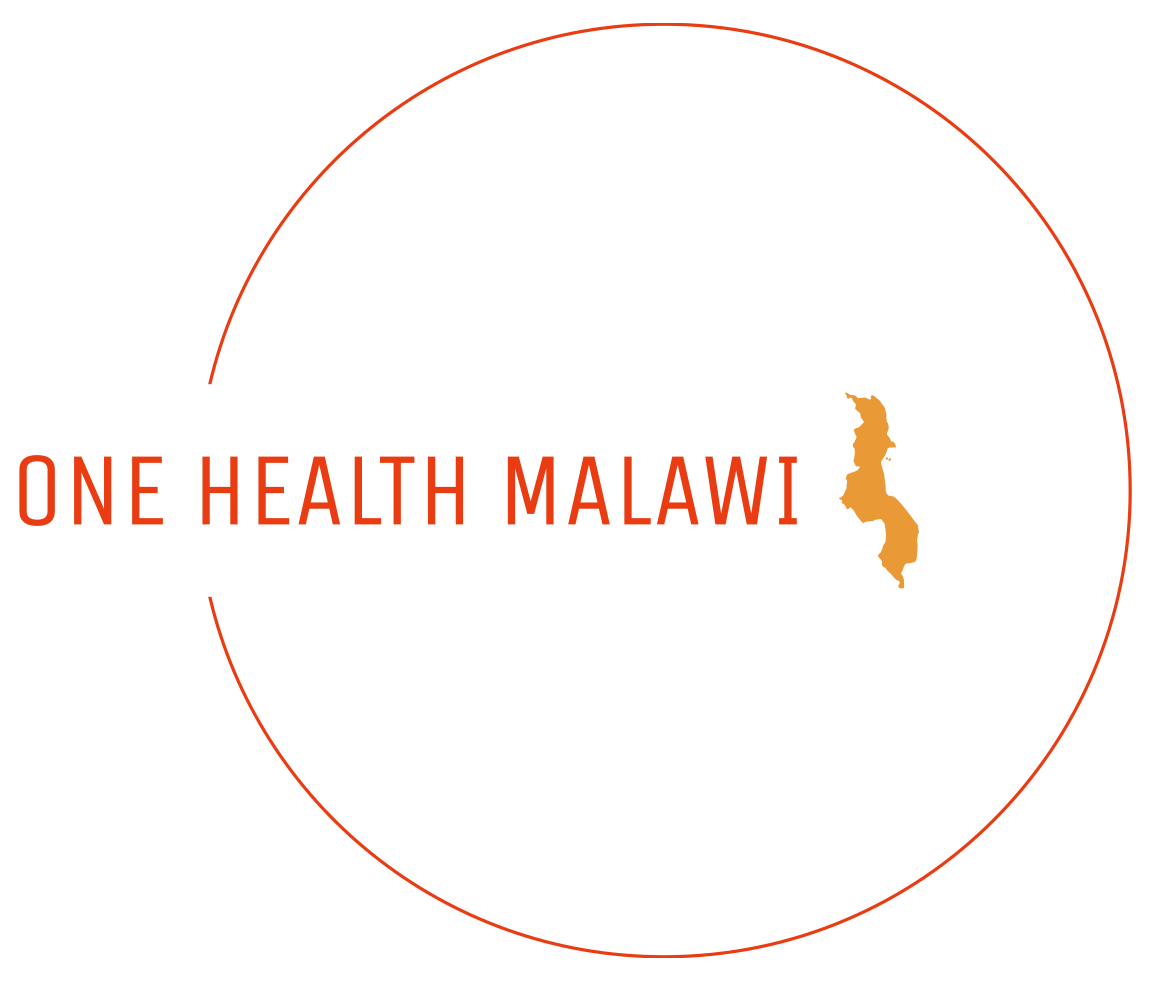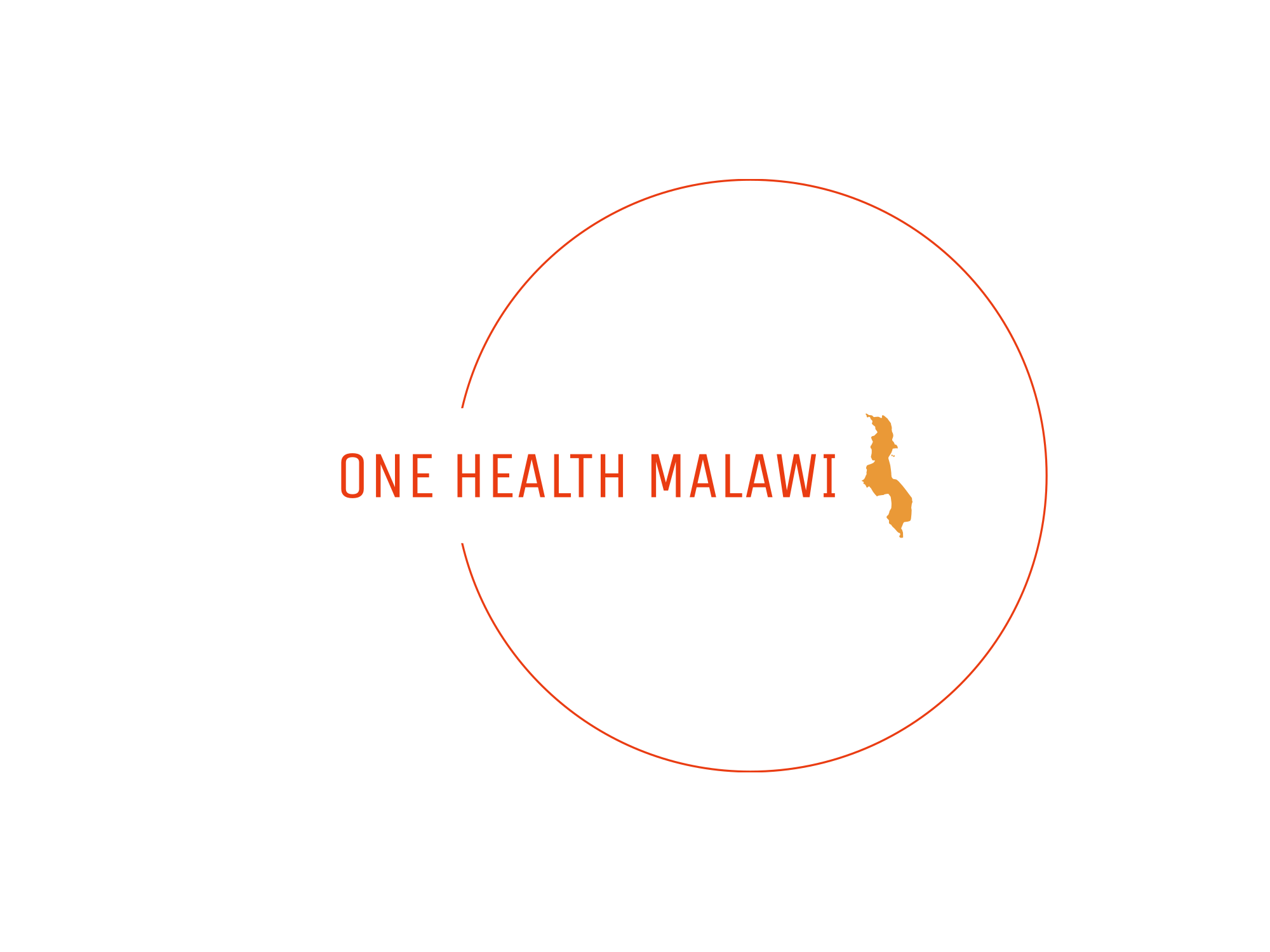One Health Malawi
One Health in Malawi refers to a collaborative, multi-sectoral, and trans-disciplinary approach that aims to achieve optimal health outcomes by recognizing the interconnection between people, animals, plants, and their shared environment. In the context of Malawi, the concept of One Health is critical due to its heavy reliance on farming and agriculture, which directly influences both the environment as well as human and animal health.
Challenges such as zoonotic diseases, antibiotic resistance, deforestation, and climate change in Malawi require strategies that address these issues from a One Health perspective. NGOs, local communities, governmental authorities, and international organizations work together to create and implement strategies for disease prevention, sustainable farming, wildlife conservation, and overall health improvement.
This holistic health approach is also essential in ensuring food security, improving nutrition, and maintaining the economic well-being of the rural population in Malawi. Education and awareness campaigns are run regularly to inform communities about healthy practices, disease prevention, and sustainable use of resources.
Overall, One Health's ultimate goal in Malawi is to both preserve and improve human well-being by promoting healthy environments and healthier animals.
What is One Health
 One Health Malawi - People, Animals and Environment
One Health Malawi - People, Animals and EnvironmentOne Health is an approach that recognizes that the health of people is closely connected to the health of animals and our shared environment. One Health is not new, but it has become more important in recent years.
One Health Malawi
The One Health Malawi approach is an effective way to fight health issues at the human-animal-environment interface, including zoonotic diseases.
The approach involves local and international experts in human, animal, environmental health, and other relevant disciplines and sectors in monitoring and controlling public health threats and to learn about how diseases spread among people, animals, plants, and the environment.
Why One Health
Over recent times, many factors have changed interactions between people, animals, plants, and our environment.
- Human populations are growing and expanding into new geographic areas. As a result, more people live in close contact with wild and domestic animals, both livestock and pets. Animals play an important role in our lives, whether for food, fiber, livelihoods, travel, sport, education, or companionship. Close contact with animals and their environments provides more opportunities for diseases to pass between animals and people.
- The earth has experienced changes in climate and land use, such as deforestation and intensive farming practices. Disruptions in environmental conditions and habitats can provide new opportunities for diseases to pass to animals.
- The movement of people, animals, and animal products has increased from international travel and trade. As a result, diseases can spread quickly across borders and around the globe.
These changes have led to the spread of existing or known (endemic) and new or emerging zoonotic diseases, which are diseases that can spread between animals and people. Every year, millions of people and animals around the world are affected by zoonotic diseases.
Examples of zoonotic diseases include:
- Rabies
- Salmonella infection
- West Nile virus infection
- Q Fever (Coxiella burnetii)
- Anthrax
- Brucellosis
- Lyme disease
- Ringworm
- Ebola
Animals also share our susceptibility to some diseases and environmental hazards. Because of this, they can sometimes serve as early warning signs of potential human illness. For example, birds often die of West Nile virus before people in the same area get sick with West Nile virus infection.
Common One Health Malawi issues
One Health Malawi issues include emerging, re-emerging, and endemic zoonotic diseases, neglected tropical diseases, vector-borne diseases, antimicrobial resistance, food safety and food security, environmental contamination, climate change and other health threats shared by people, animals, and the environment.
For example:
- Antibimicrobial-resistant germs can quickly spread through communities, the food supply, healthcare facilities, and the environment (soil, water), making it harder to treat certain infections in animals and people.
- Vector-borne diseases are on the rise with warmer temperatures and expanded mosquito and tick habitats.
- Diseases in food animals can threaten supplies, livelihoods, and economies.
- The human-animal bond can help improve mental well-being.
- Contamination of water used for drinking, recreation, and more can make people and animals sick.

The One Health Malawi Approach
Successful public health interventions require the cooperation of human, animal, and environmental health partners.
Professionals in human health (doctors, nurses, public health practitioners, epidemiologists), animal health (veterinarians, paraprofessionals, agricultural workers), environment (ecologists, wildlife experts), and other areas of expertise need to communicate, collaborate on, and coordinate activities.
Other One Health Malawi approaches may include law enforcement, policymakers, agriculture, communities, and even pet owners. No one person, organisation, or sector can address issues at the animal-human-environment interface alone.
One Health Malawi and Malawi's Sustainable Development Goals
This One Health Malawi approach can:
- Prevent outbreaks of zoonotic disease in animals and people
- Improve food safety and security
- Reduce antibimicrobial-resistant infections and improve human and animal health
- Protect global health security
- Protect biodiversity and conservation
By promoting collaboration across all sectors, a One Health Malawi approach can achieve the best health outcomes for people, animals, and plants in a shared environment.
Because the concept of "One Health" posits that the health of people is connected to the health of animals and the environment, in Malawi, this approach has multiple linkages to the country's Sustainable Development Goals (SDGs) as set out by the United Nations.
- SDG 1 - No Poverty: By ensuring the health of livestock through the One Health approach, Malawians are more likely to have a reliable source of income, food, and livelihood, thus reducing poverty.
- SDG 2 - Zero Hunger: By preventing diseases that can affect animals and crops, the One Health approach contributes to food security in Malawi.
- SDG 3 - Good Health and Well-being: The One Health approach can help address zoonotic diseases, food safety issues, and antimicrobial resistance, contributing to overall human health and wellbeing.
- SDG 6 - Clean Water and Sanitation: By promoting the health of the environment, the One Health approach aids in maintaining and improving water and sanitation systems in Malawi.
- SDG 13 - Climate Action: The One Health approach recognizes the impact of climate change on the health of humans, animals, and the environment. By addressing these interconnected impacts, One Health contributes to climate action efforts.
- SDG 15 - Life on Land: By addressing the health of all living beings, the One Health approach contributes to biodiversity and the preservation of ecosystems.
Thus, the One Health approach in Malawi contributes towards achieving multiple SDGs simultaneously. It recognizes the need for holistic and interconnected actions to promote sustainable development. For a nation like Malawi, which is highly dependent on its agricultural sector and susceptible to climate change, the application of a One Health approach is crucial for sustainable development.